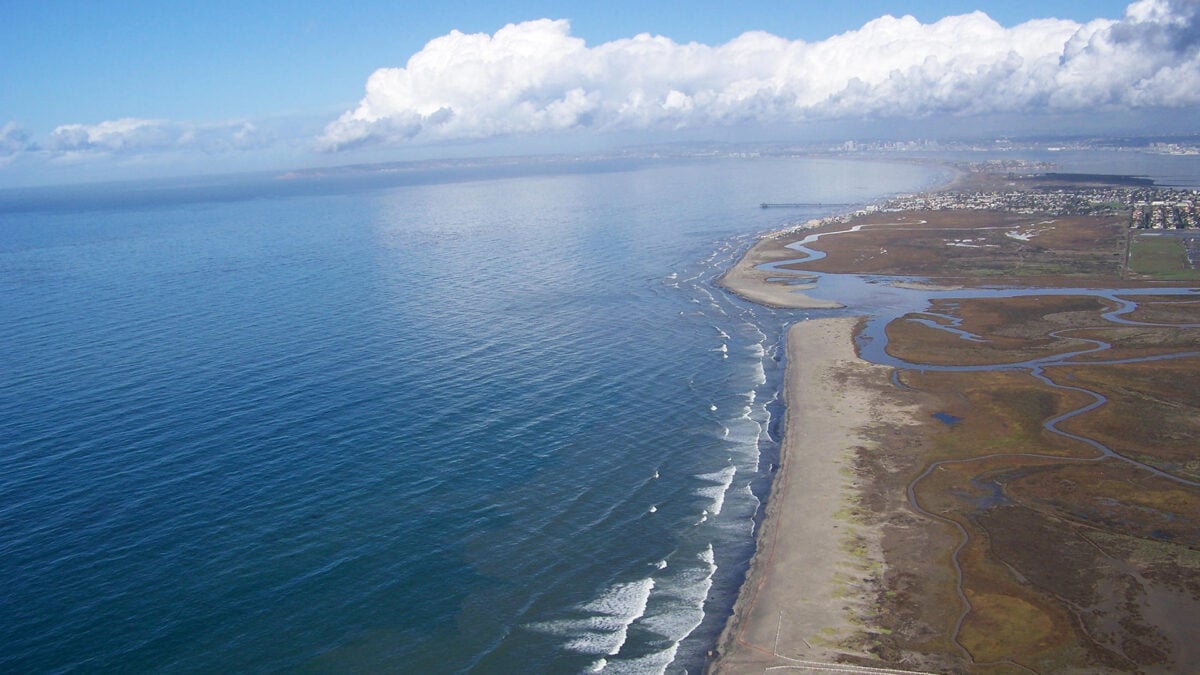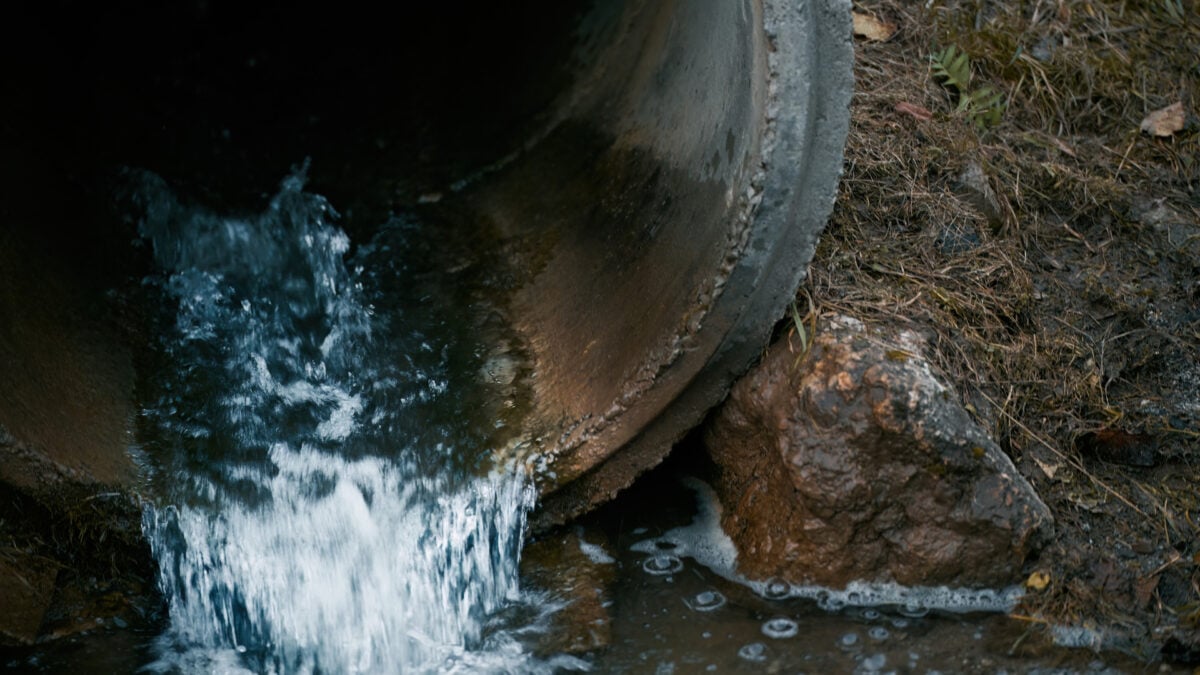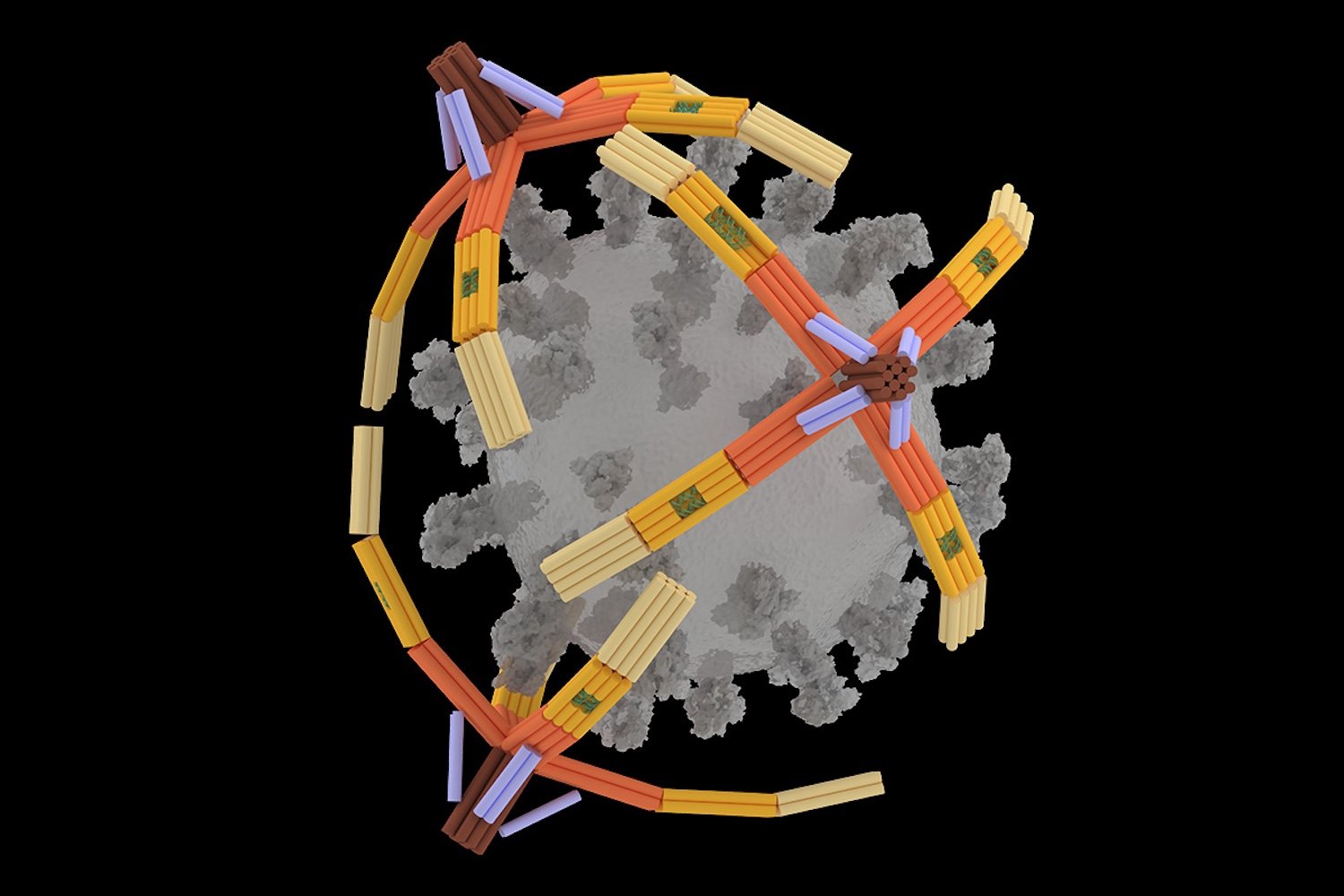Initially launched in 2022 by NASA’s Jet Propulsion Laboratory to map minerals in Earth’s arid regions, the EMIT (Earth Surface Mineral Dust Source Investigation) sensor has found a critical new role. Scientists are now leveraging this advanced spectroscopic tool aboard the International Space Station to track extensive sewage plumes entering the ocean off the Southern California coast, showcasing an innovative approach to monitoring wastewater pollution.
The Challenge of Coastal Contamination
Millions of gallons of untreated and treated wastewater are discharged annually into the Tijuana River, creating significant pollution that affects communities on both sides of the U.S.-Mexico border before reaching the Pacific Ocean. This wastewater contamination poses serious environmental and health risks, introducing toxic chemicals, fostering harmful algal blooms, and spreading dangerous bacteria, which can endanger beachgoers and marine ecosystems.
Traditionally, water quality monitoring relies on dashboards updated with data from field samples. However, these methods often fall short of capturing the full extent of pollution plumes and can be costly and time-consuming, particularly in heavily contaminated zones.
EMIT: From Dust Mapping to Pollution Tracking
The Earth Surface Mineral Dust Source Investigation (EMIT) instrument offers a powerful alternative. As a hyperspectral imaging spectrometer, EMIT utilizes imaging spectroscopy, a technique that analyzes sunlight reflected off Earth’s surface. By capturing hundreds of wavelengths per pixel, EMIT provides detailed insights into the molecular composition and material properties of observed areas.
In a study published in Science of the Total Environment, researchers demonstrated EMIT’s capability to examine the wastewater plume at the Tijuana River delta.
Detecting the “Signature” of Sewage
Scientists compared EMIT’s hyperspectral satellite images with spectral data from untreated wastewater, diluted wastewater, and seawater samples collected near the plume, as well as with readings from a ground-based spectrometer. Their analysis revealed that water with high wastewater contamination exhibits a distinct red spectral feature. While the exact source of this signature is still under investigation, its presence allows for the identification and monitoring of pollution extent.
This capability can significantly enhance current water quality sampling efforts. “From orbit you are able to look down and see that a wastewater plume is extending into places you haven’t sampled,” explained study coauthor Christine Lee, a scientist at JPL, in a statement. “It’s like a diagnostic at the doctor’s office that tells you, ‘Hey, let’s take a closer look at this.’”
Broader Applications and Future Potential
EMIT’s versatility extends beyond wastewater. It has also proven effective in detecting emissions of potent greenhouse gases like methane and carbon dioxide from leaks, assessing forest health, and estimating snowpack melting rates. This new application in coastal pollution monitoring further underscores its value.
Eva Scrivner, a doctoral student at the University of Connecticut and the study’s lead author, highlighted the significance: “The fact that EMIT’s findings over the coast are consistent with measurements in the field is compelling to water scientists. It’s really exciting.”
Conclusion
The successful application of NASA’s EMIT sensor to identify and monitor wastewater plumes marks a significant advancement in environmental surveillance. This space-based technology offers a promising, wide-reaching tool to complement existing methods, providing crucial data for protecting coastal ecosystems and public health. As EMIT continues its mission, its innovative uses underscore the growing importance of Earth observation from space in addressing complex environmental challenges.











